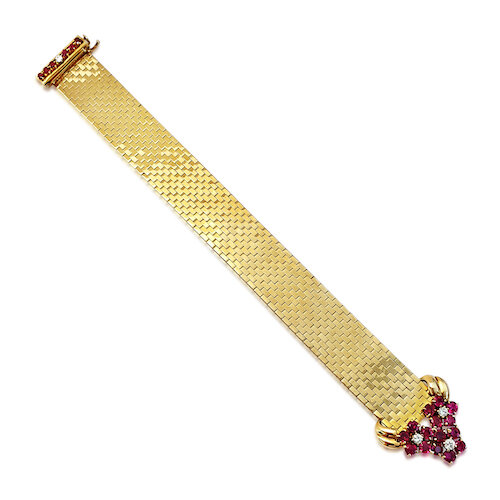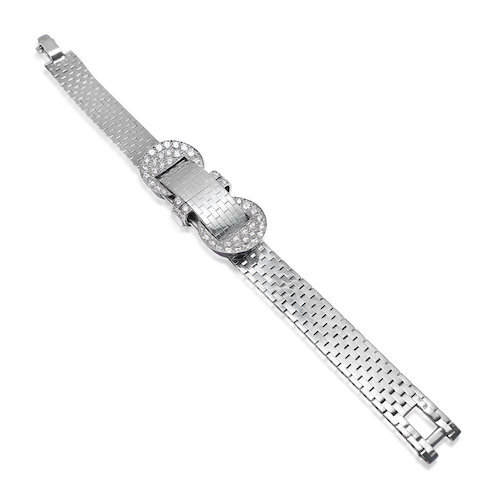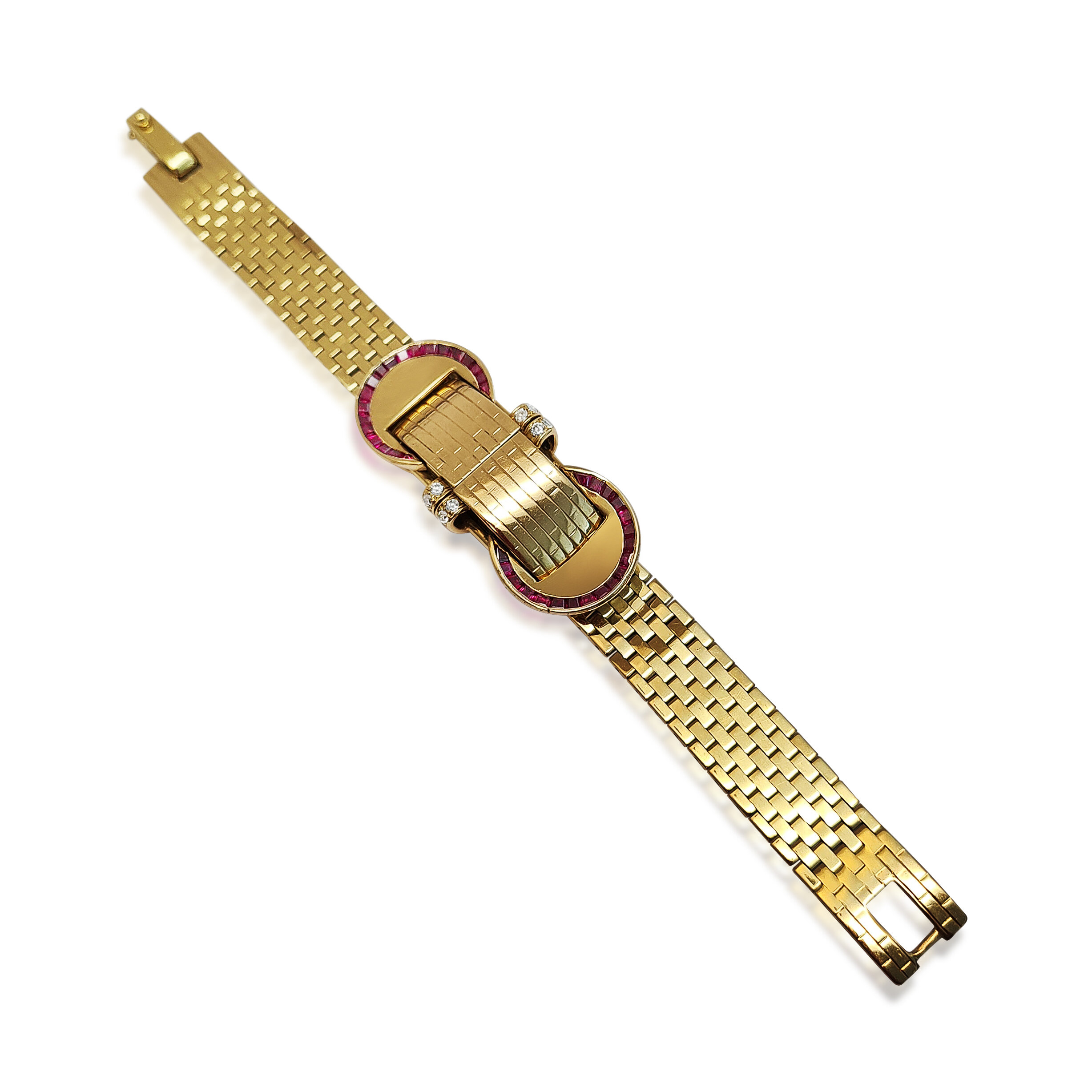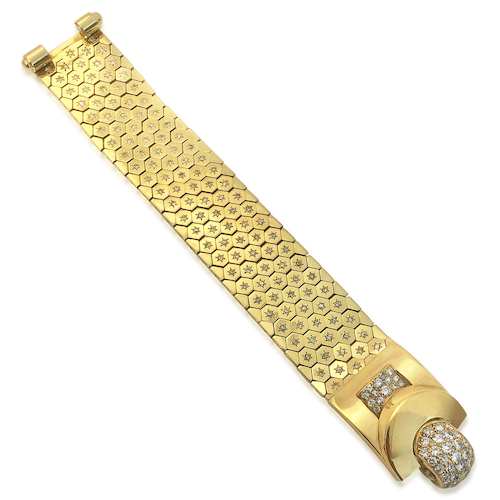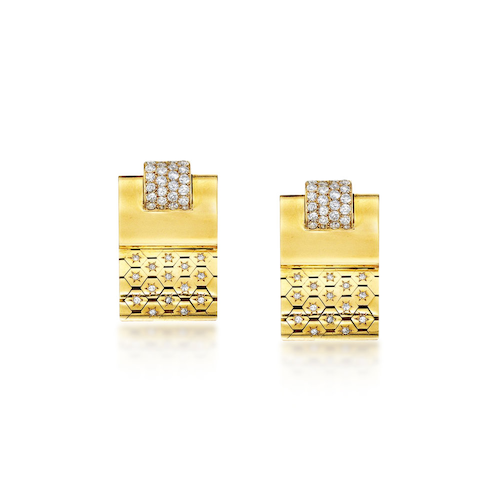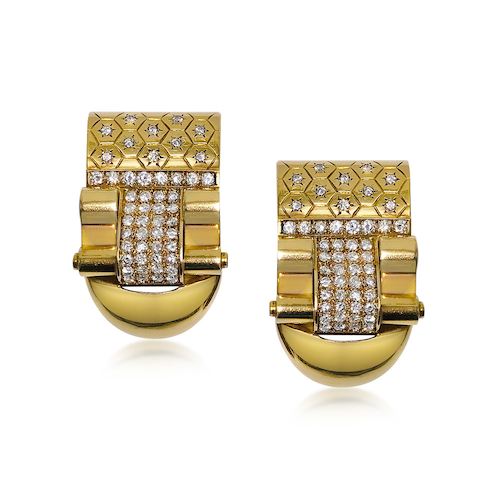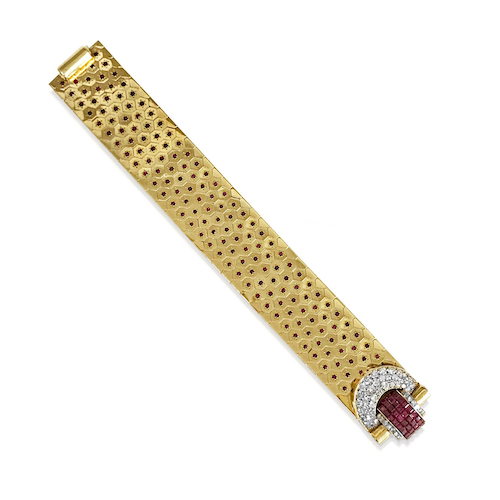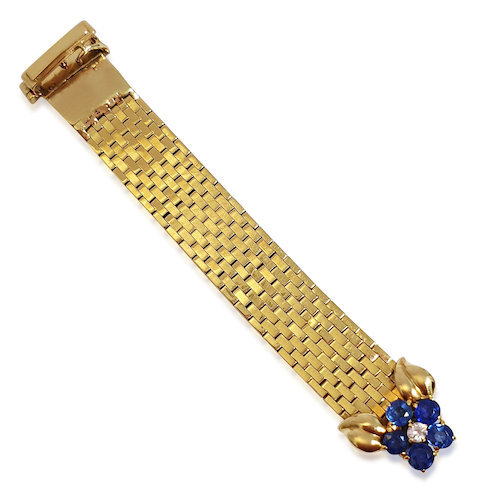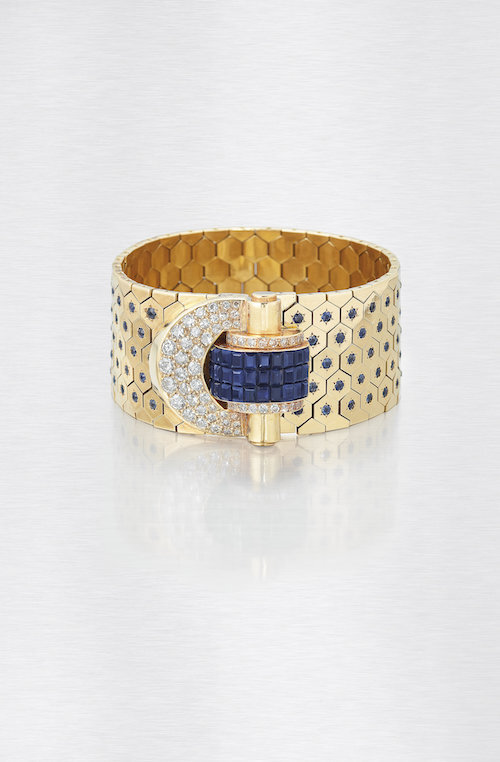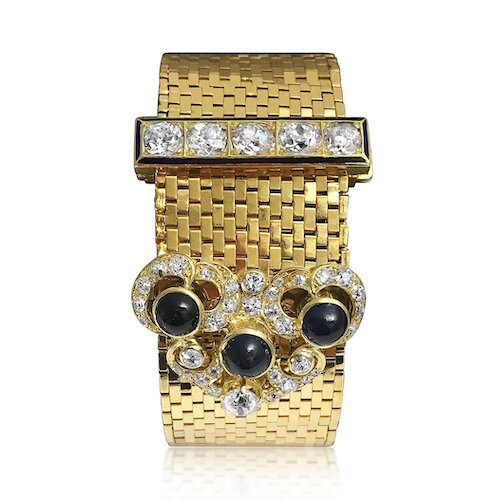The Resurgence of the Ludo
The Family
The name of this iconic creation by Van Cleef & Arpels derived from Louis Arpels’ sobriquet – ‘Ludo’. In the 1890s, his sister Esther (‘Estelle’) had married their cousin Alfred, son of the lapidary Charles (Salomon) Van Cleef, both families having emigrated to Paris in the mid-1860s. The Maison’s history thus officially began 1906 when Alfred went into business with his brother-in-law Salomon (Charles) Arpels. They were subsequently joined by the two younger Arpels brothers – Julien in 1908 and Louis in 1912.
Each family member played his or her part in the running of the company: Alfred was responsible for production and administration, Charles handled sales, Julien was an expert on precious stones and Estelle managed the accounts. In time, the next generation would follow suit: Alfred and Estelle’s daughter Renée played a most significant role when she took the helm as Van Cleef & Arpels’ Artistic Director in 1926, a position she held until 1942. Likewise, Julien’s sons Claude, Jacques and Pierre joined the family business and took it even further around the world.
A ‘talent for selling’ seems to have been Louis Arpels’ strength and he has been described as a ‘true sales genius’ and ‘marketing genius’. In 1933, he married Hélène Ostrowska, a model for the House of Worth. Hélène’s personal style became a sort of ambassador for the house and she featured on the International Best-Dressed Hall of Fame List for many years.
The Arpels in America
For all that, another attribute of Louis also left an enduring impact on the Maison. A great admirer of classical ballet who often took his nephew Claude to attend performances at the Paris Opera, it was this passion which inspired another iconic creation of Van Cleef & Arpels – the Ballerina clips. But this time, its realisation was achieved in 1940s New York.
Their presence in the New World was twofold: On one hand, a sudden profusion of wealthy Americans, most of nouveau-riche stock, were eager to acquire and flaunt anything in the luxury sphere. And in the early 20th century, the latest in French fashion had an obvious appeal. It was impossible to disregard such prospects and the Maison duly opened an office in Rockefeller Centre in 1939 followed by a boutique at 744 Fifth Avenue in 1942.
On the other hand, this transatlantic expatriation had graver impetus than mere business expansion. Being of Jewish descent, many family members were obliged to leave the patria in the face of German advancement and escalating defeatism from French High Command. And so, on the 21st of August 1940, Louis and Hélène boarded one of the last ships bound for the United States.
Inevitably, the Paris branch and its workshops endured stagnation during the war, whilst the New York branch enjoyed great success. Its triumph completely eclipsed the Maison’s previous failure to establish itself in America – the very first launch had taken place on the 24th of October 1929, the day of the Wall Street crash and closed not long thereafter, becoming yet another victim of the Great Depression.
Ludo’s Legacies
In New York, a collaboration emerged between Louis and fellow French émigrés Maurice Duvalet (a jewellery designer who resettled in America after the First World War) and the Rubel brothers (click here to read more about the Rubel Frères), which resulted in a line of ballerina brooches that achieved immediate popularity with their American clientele.
A ‘Ballerina’ Brooch by Van Cleef & Arpels, circa 1940 Image Courtesy of Christie’s
Louis ‘Ludo’ Arpels thus left two very distinctive legacies in Van Cleef & Arpels’ history: the motif which bears his name and the ballerina clips inspired by his passion for dance.
At its heart, a Ludo consists of a wide flexible band composed of numerous interlocking gold (or sometimes platinum) links. And although the Ludo Hexagone may appear more emblematic of the two, it was the Ludo Briquettes bracelet which debuted first in 1934. As the names suggests, the rectangular links of the Ludo Briquettes bracelet are arranged in a brick-like pattern, whilst the Ludo Hexagone features an à ruche (beehive) pattern made up of a mosaic of hexagonal tiles, just like in a honeycomb.
The Ludo Hexagone arrived on the scene just one year after the Ludo Briquettes. In many instances, a precious stone would be set at the centre of each hexagon in serti étoilé (star setting). As for the stylised belt buckle-like clasps, many variations exist, with the grandest examples featuring a raised à pont motif with rubies or sapphires in Mystery Setting, another brilliant innovation of that period.
The metal of choice was usually yellow gold, but platinum models do exist to a much lesser extent. This disparity accurately reflects the time period during which the Ludo was born, i.e. the middle of the 1930s, when gold came roaring back into fashion. But this new trend was no passing fancy as shortly afterwards, platinum was earmarked for the war effort and its shortage heralded the supersedence and eventual supremacy of good old gold.
The Ludo mainly appeared in the form of bracelets and watches, but the motif was also applied to rings, earrings and brooches. Its immediate success ensured continual production all the way till the end of the forties. As testament to its importance in the history of the Maison, several examples can be found today in the Van Cleef & Arpels Collection.
Most recently, Van Cleef & Arpels relaunched the Ludo in both the briquette and hexagone patterns. Previously unexploited gemstones such as turquoise, lapis lazuli and onyx are incorporated into the designs. And so, the Ludo lives on.
— Written by Esther Seah
Ludo pieces which have passed through Revival:
